#learnhebrew
Text

There's a common misconception out there about Israel being a vast desert where everyone rides camels. Let's set the record straight:
Israel is much more diverse than just desert landscapes, and no, we don't use camels as our daily mode of transportation 😆
However, camels do hold a special place in the history and culture of the region.
In singular, /ga-'mal/ גָּמָל, and in plural /g-ma-'leem/ גְּמַלִּים, these animals were in ancient times a vital part of life in the Middle East, including in parts of Israel.
These resilient animals were essential for long journeys across arid landscapes, valued for their ability to carry heavy loads and travel long distances without water.
Today, you're more likely to find cars and buses on the roads of Israel than camels.
That being said, camels are still a part of the Israeli landscape, especially in the Negev Desert.
They are not just relics of the past but are living symbols of the region's history and tradition.
Camels in Israel today are mostly found in Bedouin communities, where they are still used for transportation and as a source of milk, meat, and wool.
One fascinating fact about camels is their incredible adaptation to desert life. Their ability to go for long periods without water is well-known, but did you know that their eyes have three eyelids and two rows of eyelashes to protect them from sand? Or that their feet are specially adapted to prevent them from sinking into the sand?
In a way, camels are a bridge between the ancient and modern worlds in Israel. They remind us of a time when these majestic creatures were a lifeline for people living in harsh desert conditions, a far cry from the technologically advanced, diverse country that Israel is today.
So, next time you think of Israel, remember that it's a land of contrasts and diversity, where history meets modernity, and where camels are a cherished part of the cultural heritage, not the primary mode of transportation!
#hebrew#jewish#learnhebrew#hebrewbyinbal#language#israel#hebrew langblr#jew#torah#trending#camel#camels#transportation#cute animals#animals#animalblr#langblr#jumblr
56 notes
·
View notes
Text


אני לא מבין את הבדיחה😭
בבקשה תעזרו לי? :))
4 notes
·
View notes
Text

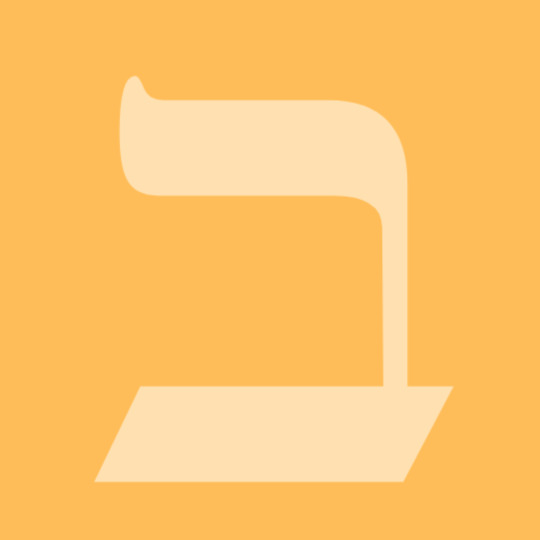



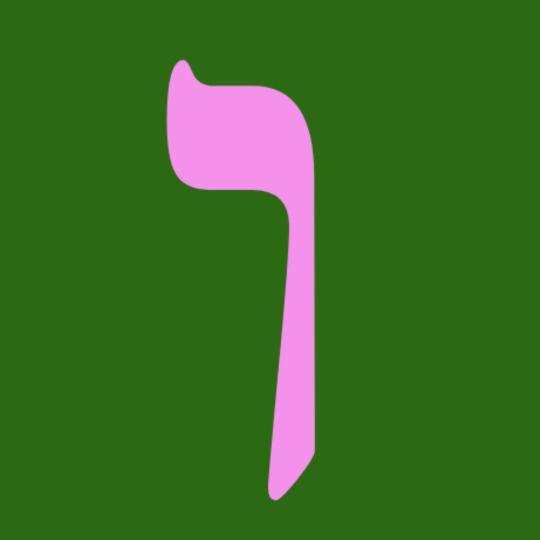


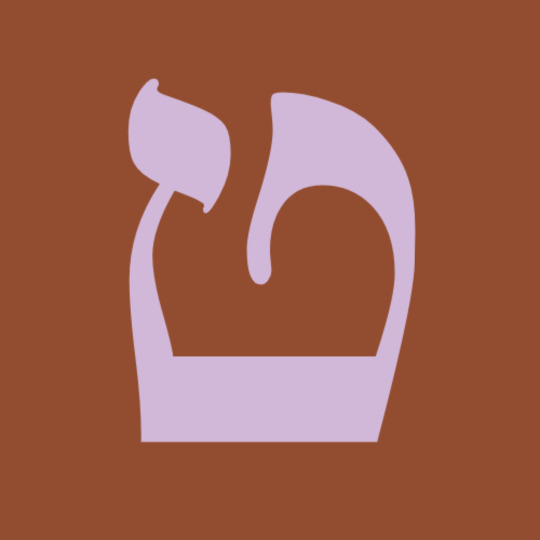
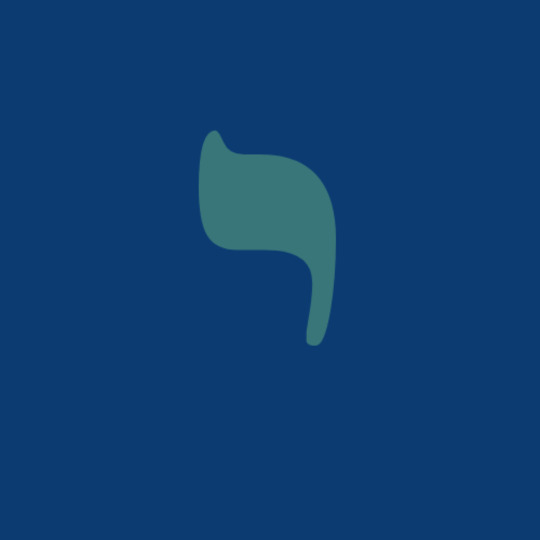







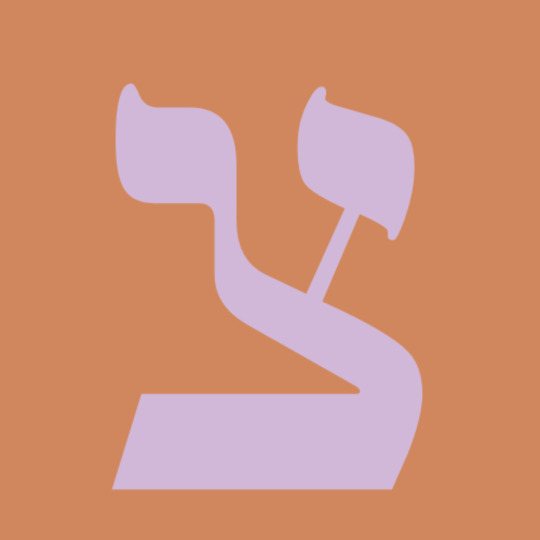

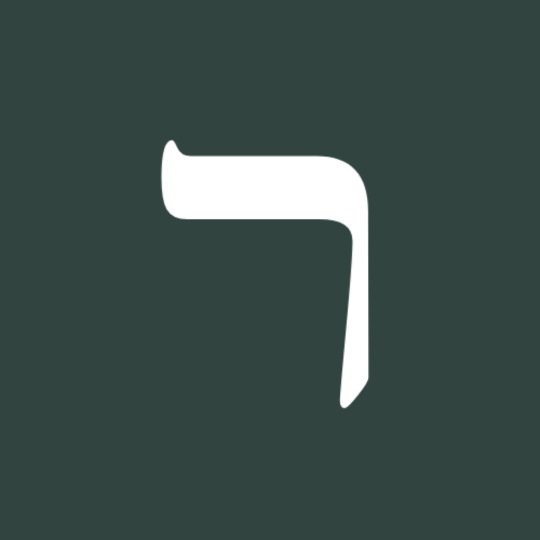


Learn Biblical Hebrew in the link below! Fall in love with God's Words and gain incredible insights. We've compiled the best mind blowing teachings from teachers who can explain and break down verses to tie in the message of the entirety of Original (through Moses) and Restore Covenant (through Yeshua)
Laciniagallery.com/aleph
#art#jesus is coming#jesussaves#linguistics#jesus christ#original art#jesusislord#torah#traditional art#writers#hebrew#learnhebrew#language#jerusalem#tel aviv#bible#bible verse#bible scripture#bible study#christian#jesus#bible quote#christianity#scripture#psalms
2 notes
·
View notes
Text
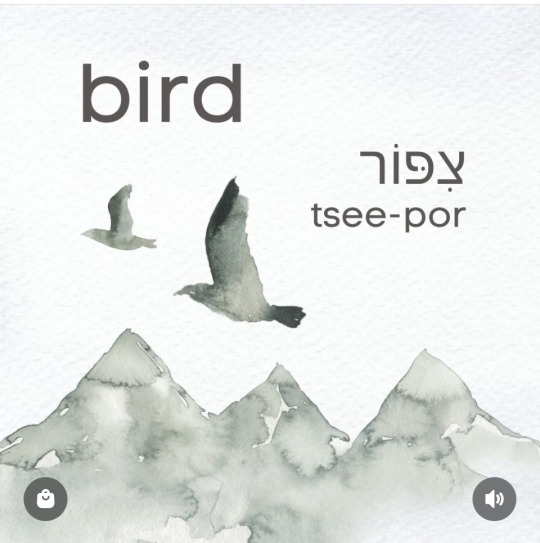
Todays water color animal is the high flying bird.
#hebrew#jewish#learnhebrew#hebrewbyinbal#language#hebrew langblr#israel#jew#torah#trending#bird art#animal art#water color bird#water color art#water color#water color animals#birds#bird#art#water colour art#animals#feathered friends#learn hebrew#speak hebrew
131 notes
·
View notes
Text
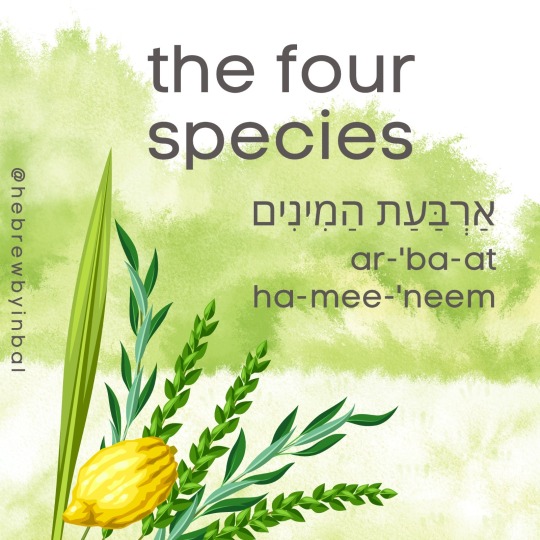
It is that time of the year to welcome The Four Species, known as ארבעת המינים ar-'ba-at ha-me-'neem in Hebrew.
This set includes the loo-'lav לולב (Palm Branch), et-'rog אתרוג (Citron),ha-'das הדס (Myrtle Branch), anda-ra-vah ערבה (Willow Branch).
Together, these four species are more than just plants; they're a deeply symbolic ensemble that captures the essence of Sukkot and offers insights into life itself.
The tradition of bringing them together serves as a potent reminder of unity and diversity. Each species has its own form, fragrance, and feel, and it's precisely these differences that make the ritual so impactful.
When you wave them in all six directions—north, south, east, west, up, and down—you're acknowledging that the divine is everywhere and in everything. You're also emphasizing the importance of coming together as a community, embracing our differences, and celebrating our shared values.
In the coming days, I'll be diving deeper into the unique characteristics and meanings behind each of these Four Species, so stay tuned for that.
In the meantime, as you celebrate Sukkot, let the unity symbolized by the Four Species inspire you to build a more inclusive and compassionate world.
khag sa-'me-akh! 🌿 חג שמח
#sukkot#jewish culture#jewish tradition#hebrew#jewish#learnhebrew#hebrewbyinbal#language#hebrew langblr#israel#jew#torah#trending#jewish tumblr
70 notes
·
View notes
Text

With International Women's Day fast approaching, let's take a moment to recognize the strength and resilience of women everywhere.
In Hebrew, we use the term אֵשֶׁת חַיִל /'e-shet 'kha-yeel/ to describe a woman of valor, someone who embodies strength, wisdom, and compassion. This term has been used for centuries to honor the powerful role of women in society, culture, and family.
This year, more than ever, it's crucial to lift up and support the women around us. All women! Recent events have brought to light the challenges and injustices women face, some more than others.
Sadly, in these trying times, too many organizations that should stand up for Israeli and Jewish women have remained silent, leaving those who have endured and still go through unimaginable experiences be left alone and unsupported.
Let's use our voices to highlight and celebrate the incredible Israeli women who inspire us, whether they are well-known public figures or unsung heroes in our own lives. These women could be your family members, friends, people you saw on the news, heard about, public figures, or national leaders — anyone who has made a significant impact on you or your community.
Please share in the comments below the names of the Israeli women who inspire you. Tell us their stories, their achievements, and how they've influenced you. By doing so, we're not only honoring them, but we're also reinforcing the network of support and recognition that all women deserve.
Let's come together this International Women's Day to celebrate every אֵשֶׁת חַיִל in every form, acknowledging the strength, courage, and resilience of women in Israel and around the world.
Your stories and voices matter, now more than ever.
Let's uplift each other and stand united in solidarity and respect.
I look forward to reading your tributes and stories in the comments below. Let's make this International Women's Day a powerful testament to the spirit and resilience of women everywhere!
34 notes
·
View notes
Text
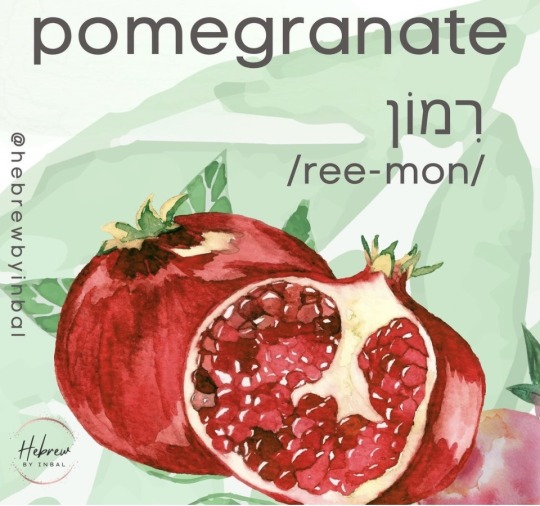
The last in the series, watercolor Art infused with Hebrew spotlights things you might see, use, or eat in a kitchen!
#hebrew#jewish#learnhebrew#hebrewbyinbal#language#hebrew langblr#israel#jew#torah#trending#watercolor#pomegrante cookie#pomegranate#art#food art#Hebrew Art#jewish art#artists on tumblr#digital art#artwork#water color#water colour painting#water colour art#kitchen art#jumblr#jewish tumblr
146 notes
·
View notes
Text
Hey there, language learners! Are you ready to supercharge your Hebrew skills and dive into the heart of everyday conversations?
In this one, we unravel the secrets of expressing daily, weekly, and monthly routines in Hebrew.
In this video, we're delving deep into the advantages of using specific vocabulary for precise contexts. Imagine effortlessly navigating daily interactions, seamlessly expressing your routines, and feeling confident in any conversation. That's the power of targeted vocabulary, and that's exactly what Practically Speaking Hebrew - my online program - equips you with.
Discover how these simple yet crucial words can transform your ability to connect with others and navigate real-life situations with ease.
Throughout the course, we focus on empowering you with the tools you need to thrive in Hebrew-speaking environments. My daily lessons - like this one - serve as the perfect expansion and practice, reinforcing your understanding and fluency in specific contexts.
So, whether you're a beginner eager to kickstart your Hebrew journey or a past learner looking to level up your skills, my program is your ticket to becoming fluent in everyday Hebrew. Get ready to unlock a world of possibilities through the precision of language - because every word counts, especially in the rhythm of daily life.
#morning routine#daily routine#routine#schedule#hebrew#learnhebrew#language#hebrew langblr#language learning#languages#langblr#hebrew language#jumblr
50 notes
·
View notes
Text

Shabbat, the Jewish day of rest, is celebrated from Friday evening until Saturday evening, marking a time of spiritual reflection, family gatherings, and a pause from the hustle of the week.
A centerpiece of Shabbat is the ceremonial bread known as Challah חלה /kha-lah/. Challah is a special, sweet, braided bread that holds deep symbolic significance in Jewish tradition.
It is traditionally covered with a cloth until the blessing is recited, reflecting the manna that was covered with dew to preserve it for the Israelites in the desert, as narrated in the Torah.
Challah's braided form is rich in symbolism. The strands can represent various elements of Jewish faith and history, such as the intertwining of the Sabbath with the rest of the week, the unity among the Jewish people, or the complex nature of life itself. Some families use a challah with twelve braids to represent the twelve tribes of Israel, while others stick to the more common three or six-braid challah.
In addition to its religious significance, challah has become a beloved cultural symbol, enjoyed for its rich, sweet flavor and soft, fluffy texture. It's not only a staple at Shabbat meals but also during many Jewish holidays and celebrations, serving as a reminder of tradition, family, and the joy of coming together in peace and gratitude.
#hebrew#learnhebrew#jewish#language#hebrew langblr#israel#shabbat#shabbat shalom#challah#bread#hebrew language#language learning#jumblr
45 notes
·
View notes
Text
Is it exhausting? ✔️
Frustrating? ✔️
Seems futile at times? ✔️
Does it get in the way with your hard work building a
business? ✔️
Do we have the privilege of stopping? ❎️
Thank you for being here and helping make our online community safe to share our common bonds ❤️
#hebrew#jewish#learnhebrew#hebrewbyinbal#israel#language#hebrew langblr#jew#torah#trending#raccoon#cute raccoon#stand with israel#never again is now#world peace#love#community#jumblr#jewish positivity#jewish tumblr
48 notes
·
View notes
Text
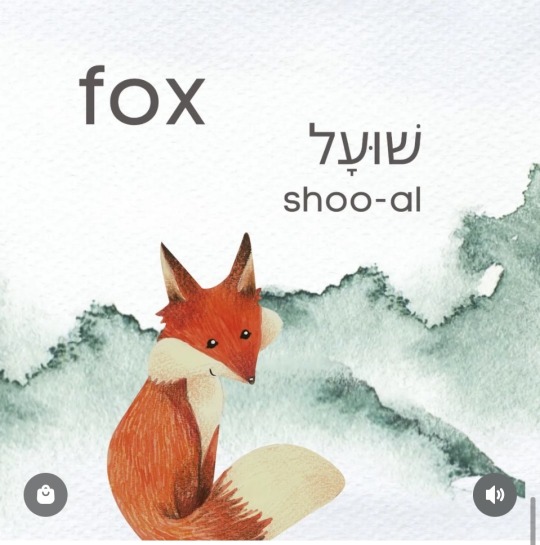
Todays water color animal in Hebrew is the fox!
#hebrew#jewish#learnhebrew#hebrewbyinbal#language#hebrew langblr#israel#jew#torah#trending#fox#fox art#water color animals#animals#water color art#water color fox#watercolour illustration#watercolor#water colour art#water color#art#my artwork#women artists#language arts#language learning#art class
137 notes
·
View notes
Text
Love this guy! Great recipe 🥙 and -
Because I see Hebrew lessons everywhere I go -
Hummus, or in Israeli Hebrew pronunciation /'khoo-moos/, is what we call both the spread and chickpeas.
When it comes to chickpeas, we usually add the word /gar-gee-'rey/ which means 'grains of' or a small particle (as in, grain of salt) before the word /'khoo-moos/.
Enjoy!
#hebrew#jewish#comfort food#foods#foodgasm#foodie#food#foodporn#foodlover#israeli#hummus#middle east#meditteranean#language#learnhebrew#hebrew langblr#jumblr
31 notes
·
View notes
Text

I've never lived in extremely cold climates, and the mild winter of Israel, where I grew up, is something I cherish deeply.
It strikes the perfect balance – crisp, cold air mixed with rainy days and then, out of nowhere, those beautifully sunny spells. If I could have it my way, I’d take this kind of winter all year round!
Before moving to the States, I lived in Portugal, and guess what? The winters there reminded me so much of home. Mild, not too harsh, just how I like it. And now, living in the southern USA, I'm delighted to find that the winters here share that same mildness. It feels like a piece of my homeland follows me wherever I go!
There's something incredibly special about taking walks in the chilly air, feeling the brisk breeze while being bundled up in warm clothes. And let's not forget those cozy moments at home, snuggling up when it's raining outside – pure bliss!
I find these days to be the most relaxing and rejuvenating. If you’re like me and find this kind of weather just perfect, you know exactly what I mean.
As we head into another weekend, I wish you all a cozy and warm Shabbat. May it be filled with the simple joys of winter – a soothing walk, a snug blanket, and maybe even the soft patter of rain against your window. Here's to enjoying the season in our own special way!
Shabbat Shalom שַׁבַּת שָׁלוֹם
#shabbat#shabat#shabbat shalom#coffee#weekend#hebrew#jewish#learnhebrew#hebrewbyinbal#language#israel#hebrew langblr#jew#jumblr#judaism
30 notes
·
View notes
Text

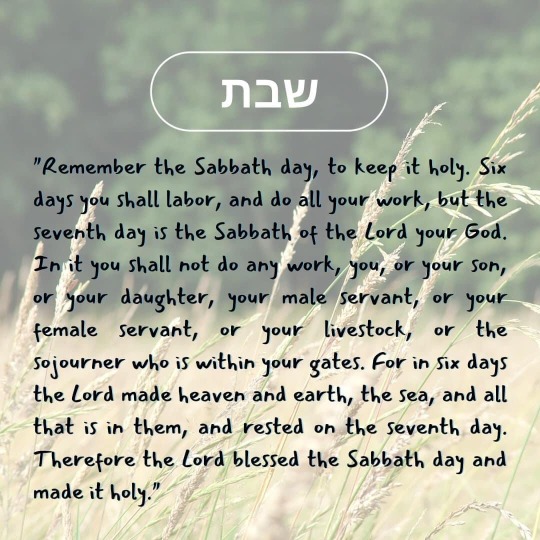

Wishing all of you a peaceful and joyous Shabbat! 🕯️
May this sacred day bring you rest, reflection, and blessings.
#ShabbatShalom #Peace #Blessings
29 notes
·
View notes
Text
🚢 Did you know that Jewish history has its fair share of fascinating tales on the high seas? Check out these fun facts:
1. The first Jewish seafarers were recorded as early as the time of King Solomon, who reportedly sent ships to distant lands to trade goods like gold, silver, and exotic animals. Talk about ancient maritime commerce!
2. During the Spanish Inquisition, many Jews fled persecution by sailing to new lands. Some even became renowned sailors and navigators, contributing to the Age of Exploration.
3. In the 20th century, Jewish immigrants journeyed by boat to escape persecution and seek new opportunities. One notable example is the story of the MS St. Louis, which carried Jewish refugees fleeing Nazi Germany but tragically faced rejection by multiple countries.
From ancient trading routes to modern-day migrations, Jewish boating history is filled with resilience, adventure, and the quest for freedom. 💙🤍
#boats #hebrew #languagelearning #jewishhistory
17 notes
·
View notes
Text

Watercolor Art infused with Hebrew spotlights things you might see, use, or eat in a kitchen!
An apple a day & Hebrew lessons!
#hebrew#jewish#learnhebrew#hebrewbyinbal#language#hebrew langblr#israel#jew#torah#trending#apple pie#apple cider vinegar#apple#apple of my eye#watercolor#water colour art#water color#watercolour art#water colour painting#Hebrew Art#jewish art#kitchen art#artwork#art#jumblr#jewish tumblr#jewish things#art culture#art lessons#art learning
57 notes
·
View notes